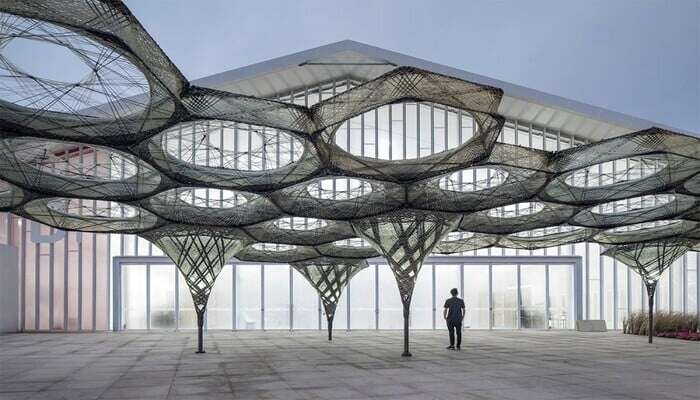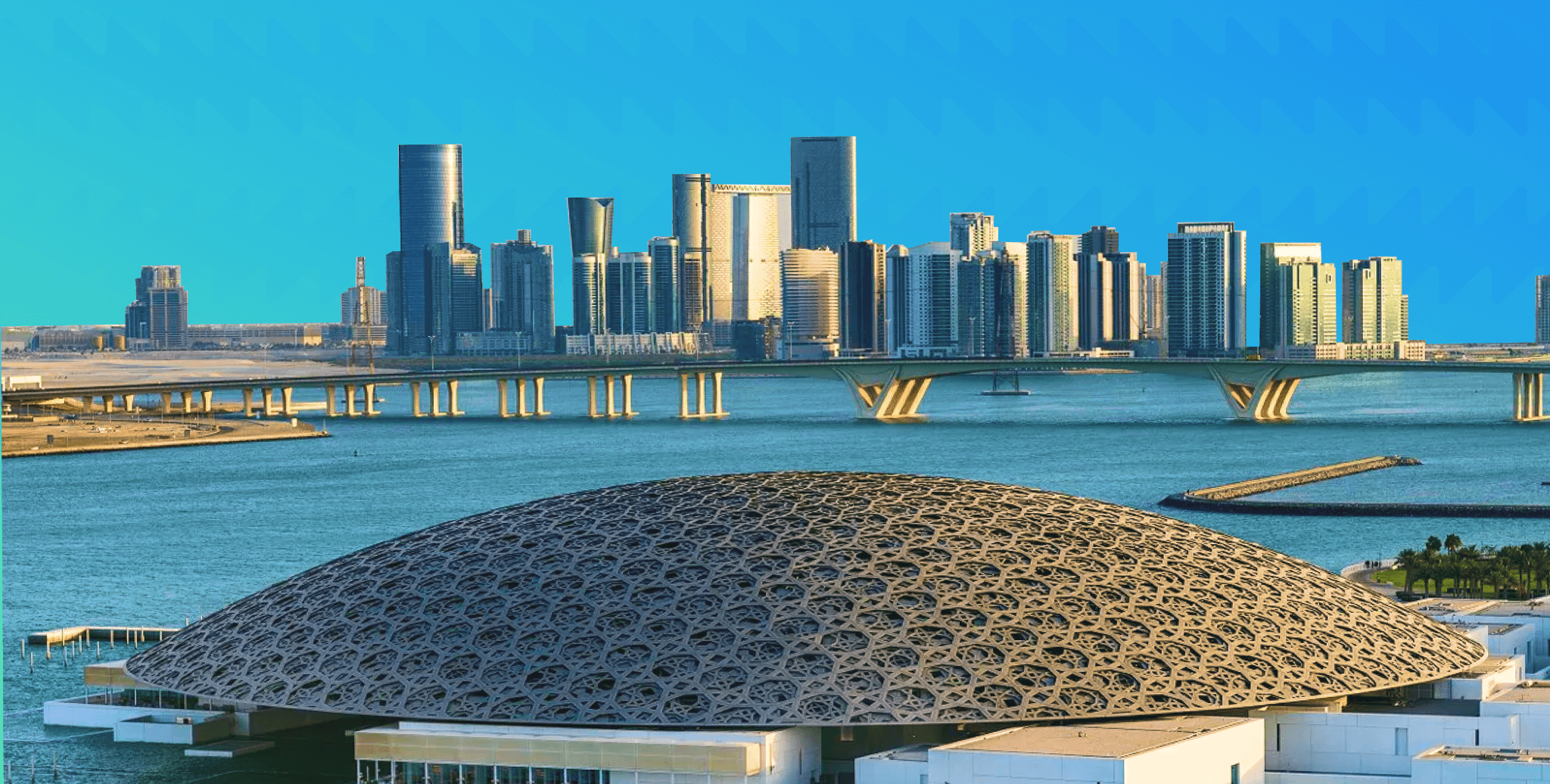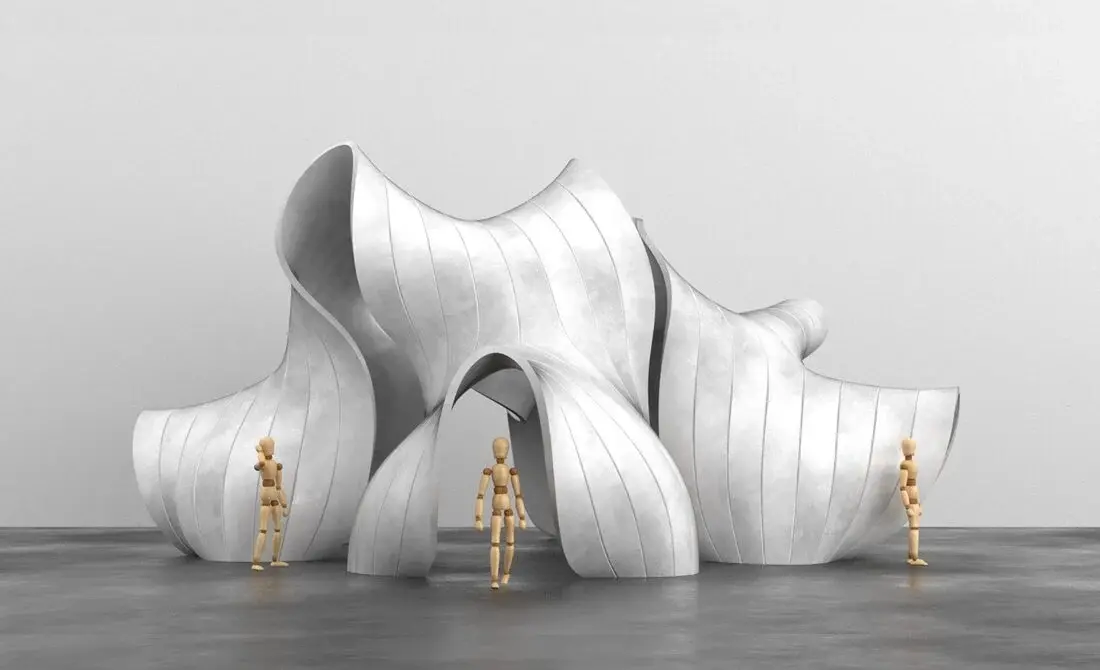
Today, the world is advancing towards a modern way of living, pushing the architecture fraternity to explore and develop designs that resonate with new-age living. Computational Design is one such aspect of the architectural industry that is aiding in developing modern, innovative, and sustainable designs. It has brought a paradigm shift in the design process by opening up the scope of technology in the Architecture, Engineering, and Construction (AEC) industry.
Computational Design offers a solution-oriented way of designing using an amalgamation of parameters and algorithms. It helps make designs that are more sustainable and aids in better project management and reduction of material wastage. This shift has led to an increase in the number of Computational Design job opportunities. This blog will discuss what Computational Design is, its benefits, and the top Computational Design jobs and career opportunities.
What is Computational Design?
Computational Design is an innovative approach to the design process that uses computational (computer-aided) strategies to solve design problems. It is a multidisciplinary approach that combines design principles with mathematics and computer science to create innovative solutions and experiences. It uses visual programming tools that enable you to assemble programs graphically.
Computational Design uses a combination of parameters and algorithms to assist in creating complex solutions. It integrates computational methods and data analysis with traditional design workflow, enabling you to achieve highly efficient outcomes across various fields. You can apply Computational Design in areas like industrial design, architecture, urban planning, and engineering.
Computational Design transforms the way design problems are approached today by expanding creative horizons, enhancing efficiency, and pushing the boundaries of what is possible. For example, look at how the Elytra Filament Pavilion is built in the above picture. It is a complex structure inspired by beetle wings and created using a robotic arm that weaves carbon fibre filaments into intricate patterns. Computational Design and algorithms are used to optimise the design for structural stability and material efficiency. As technology continues to advance, Computational Design will play a significant role in the future of design and innovation.
You can also look at our video to learn more about Computational Design.
Benefits of Computational Design for Architects

Computational Design has emerged as a revolutionary tool within the field of architecture. It allows you to explore, visualise, and optimise complex design structures like never before. Through Computational Design, you can transcend the limitations of traditional design methods and harness the power of advanced parameters and algorithms to create innovative, sustainable, and contextually relevant solutions. While traditionally, you might rely more on your instincts and experience to design complex structures, Computational Design allows you to simulate and analyse complex systems to ensure their practical application before your design goes into production.
Take a look at the benefits of Computational Design for architects:
-
Concept Exploration: Computational Design allows you to quickly generate a wide set of options for design alternatives based on a set of parameters and algorithms. With the application of Generative Design, you can explore different design possibilities that you otherwise might not have considered. With Computational Design, you can push the boundaries of creativity and determine the best and the most innovative solution.
-
Efficient Iteration: Traditional architectural design involves manual sketching and modelling, which limits the number of design iterations possible. Parametric Design application facilitates rapid iterations, enabling you to try and test different design concepts and materials. If you change an individual parameter, the entire design is updated accordingly, thus minimising your efforts. This iterative approach enhances the quality of the final design.
-
Performance Analysis: How about knowing how your design will perform even before it’s built? Computational Design lets you simulate and analyse various aspects of your designs, such as structural efficiency, lighting, airflow, and energy efficiency. These simulations provide valuable insights that help you make well-informed decisions and build designs that are functional, sustainable, and responsive to environments.
-
Complex Geometry: Computational Design tools allow you to work with intricate geometries that were difficult to design previously using traditional design methods. Parametric Design enables you to define different parameters and create complex shapes and patterns that are visually striking and structurally feasible. Also, since you analyse other design options and identify the most efficient way to achieve desired outcomes, you can optimise using various resources like materials and energy efficiently.
-
Collaboration and Communication: Computational Design tools essentially enhance collaboration between architects, engineers, planners/managers, and other stakeholders involved in the project. All the stakeholders can collaborate and communicate in real-time, avoiding potential risks and failures.
Different Computational Design Jobs

Computational Design enables architects to improve their workflow and stay competitive in the ever-evolving market. It helps automate manual and laborious tasks, thereby reducing the project completion time. Computational Design tools also help improve efficiency by enabling you to perform complex tasks quickly and accurately, improving overall design quality. In the above picture, the Taichung Metropolitan Opera House is built using a Parametric Design process. Since the Opera House has a curvaceous design that requires intricate calculations, the Parametric Design application made it easy to make rapid iterations.
The advent of Computational Design has taken the Architectural, Engineering, and Construction (AEC) industry by storm. That said, Computational Design is a diverse field comprising multiple job opportunities. By now, you must agree that Computational Design is the way forward for you to build a fulfilling and high-paying career in the industry. With that, if you are wondering what the salary of a Computational Design specialist is, we have got you covered! Read on to learn about the top computational design architecture jobs and their average salaries:
1. Computational Designer

Perhaps the most common career opportunity, a computational designer or architect uses algorithms and software tools to ideate, generate, model, and optimise architectural designs. As a Computational Designer, your job is to create computational models, conduct simulations, and analyse data to develop innovative, sustainable, and efficient building solutions. Your work might also involve creating complex geometries, optimising energy efficiency, and enhancing spatial experiences.
Architectural Computational Designer Salary: INR 4,38,000 to 23,45,000/year
2. Parametric Designer

As a parametric designer, your role would be to create and manage complex design solutions using parametric modelling solutions. You will create designs that can be modified and adapted easily, based on specified parameters, such as materials, dimensions, and functional requirements. Notably, Rhino and Grasshopper are widely used parametric tools, and you can manage various projects, including architectural and mechanical designs. You must also collaborate with designers and engineers to ensure your projects meet the desired requirements.
Parametric Designer Salary: INR 4,20,000 - 9,60,000/year
3. Immersive 3D Designer

An immersive 3D designer specialises in creating 3D environments and experiences in multiple environments, ranging from mobile to web, using augmented reality technologies. Your job will include designing and integrating interactive elements like user interfaces into immersive experiences using 3D modelling software, game engines, and other tools. So, if creating 3D models and animations for use in augmented and virtual reality interests you, the Computational Design job opportunity is the best option for you!
Immersive 3D Designer Salary: INR 3,84,000 to 11,28,000/year
Design Technology Specialist

A design technology specialist designs technology that supports and enhances the design process. You will work with designers and engineers to integrate new technologies in the design process, to improve the efficiency and accuracy of the design activities. Your role will include evaluating the current design technology tools and researching the new tools and techniques. You will also train and support designers and engineers on design technology and workflows.
Design Technology Specialist Salary: INR 6,03,000 – 29,00,000/year
5. Building Performance Analyst

A building performance analyst evaluates the performances of buildings and makes recommendations for improving their overall functionality. To start with, you will collect the building design and construction and operations data for analysis. You will use advanced computer simulations and modelling techniques to evaluate building performance- the indoor air quality, thermal comfort, energy consumption, and lighting conditions of buildings. Next, you will identify the areas of improvement and make recommendations on performance-enhancing solutions.
Building Performance Analyst Salary: INR 15,00,000-20,00,000
Factors That Influence Computational Designer Salaries
Computational designers are crucial in bridging the gap between design and technology in the AEC industry. Their ability to create innovative, functional, and sustainable designs using computational tools makes them a valuable asset. In addition, as technology continues to shape the AEC industry, the demand for computational designers will likely remain high. If you are also looking for computational design architecture jobs, you must be wondering about the salary as well. Though your earning potential reflects your ability to create innovative and impactful designs, several factors influence the Architectural Computational Designer's salary. Take a look at these diverse factors:
-
Skill Set & Expertise: Your skills and expertise greatly influence your earning potential. Proficiency in Computational Design programming languages, familiarity with design software, and knowledge of 3D modelling can contribute to a higher pay scale.
-
Experience: As with any profession, experience plays a pivotal role in determining compensation. Experienced computational designers are likely to earn more compared to their junior counterparts. You can maintain a proven track record of successful projects to command higher salaries.
-
Location: The geographical location of the job also plays a significant role. Cities with increased demand for tech and design talent tend to offer higher salaries than those with lesser demand for these skills.
-
Industry Type: Once you are equipped with Computational Design skills, you can work across various industries, such as architecture, technology, gaming, advertising, and more. Salaries can vary from one industry to another— the tech industry offers higher salaries than traditional sectors.
-
Company Size: The size and reputation of the employer can also influence compensation. Well-established companies and design studios have large salary brackets, allowing them to offer more competitive salaries.
Top Trends Shaping the Future of Computational Design Jobs
The world of Computational Design is undergoing a rapid transformation, driven by technological advancements and a growing demand for sustainable and innovative solutions in the industry. As Computational Design continues to evolve, several emerging trends are shaping the future of job opportunities in this field. Now that you already know about the factors that influence Computational Designer salary in general, read on to learn about emerging trends in the industry that can impact job opportunities in the future:
1. Generative Design

Generative Design uses algorithms and Artificial Intelligence (AI) to explore multiple design possibilities based on specified parameters. This helps generate and iterate design options quickly. AI tools allow you to focus on high-level conceptualisation while aiding you with creative design solutions. You can also optimise the designs for various criteria, such as performance, cost-efficiency, and aesthetics.
2. Human-Machine Collaboration

Computational Design is moving towards a symbiotic relationship between humans and machines. With Artificial Learning algorithms and Machine Learning models, you can analyse data sets, extract insights, and predict trends, enhancing optimal design decisions and making them more data-driven.
3. Parametric and Algorithmic Design

Parametric Design involves creating designs based on several parameters and rules. Whenever you change any specific parameter, the entire design adapts to it and evolves accordingly. Algorithmic Design, on the other hand, uses mathematical and logical processes to generate complex geometries, which might be challenging to conceive manually. Both these trends aid in creating structures with enhanced aesthetics, functionality, and efficiency.
4. Sustainable and Biophilic Design

Designing sustainable buildings has become a big trend in the AEC industry. Computational Design is crucial in optimising sustainable and biophilic design solutions. There is an ongoing trend of using simulations and analysis for buildings to ensure they are energy-efficient and responsive to environmental conditions, and aligned with sustainable practices. With Biomimetic Design skills, you can integrate natural elements into the built environment by mimicking patterns found in nature.
Conclusion
Computational Design is becoming a real game changer in the AEC industry. It aids in creating holistically built designs and environments through technologically streamlined processes. The emerging trends too are empowe
ring designers to push the boundaries of innovation and create more sustainable and impactful solutions. As there is a need for you to adapt to these trends, we conclude that it is crucial for you to get acquainted with various Computational Design tools.
To help you achieve that, Novatr offers an industry-relevant course on Master Computational Design. Understand computational theory, master advanced tools and industry workflows, build your specialisation, and graduate with a professional certification in just eight months. Enrol today!
Was this content helpful to you











